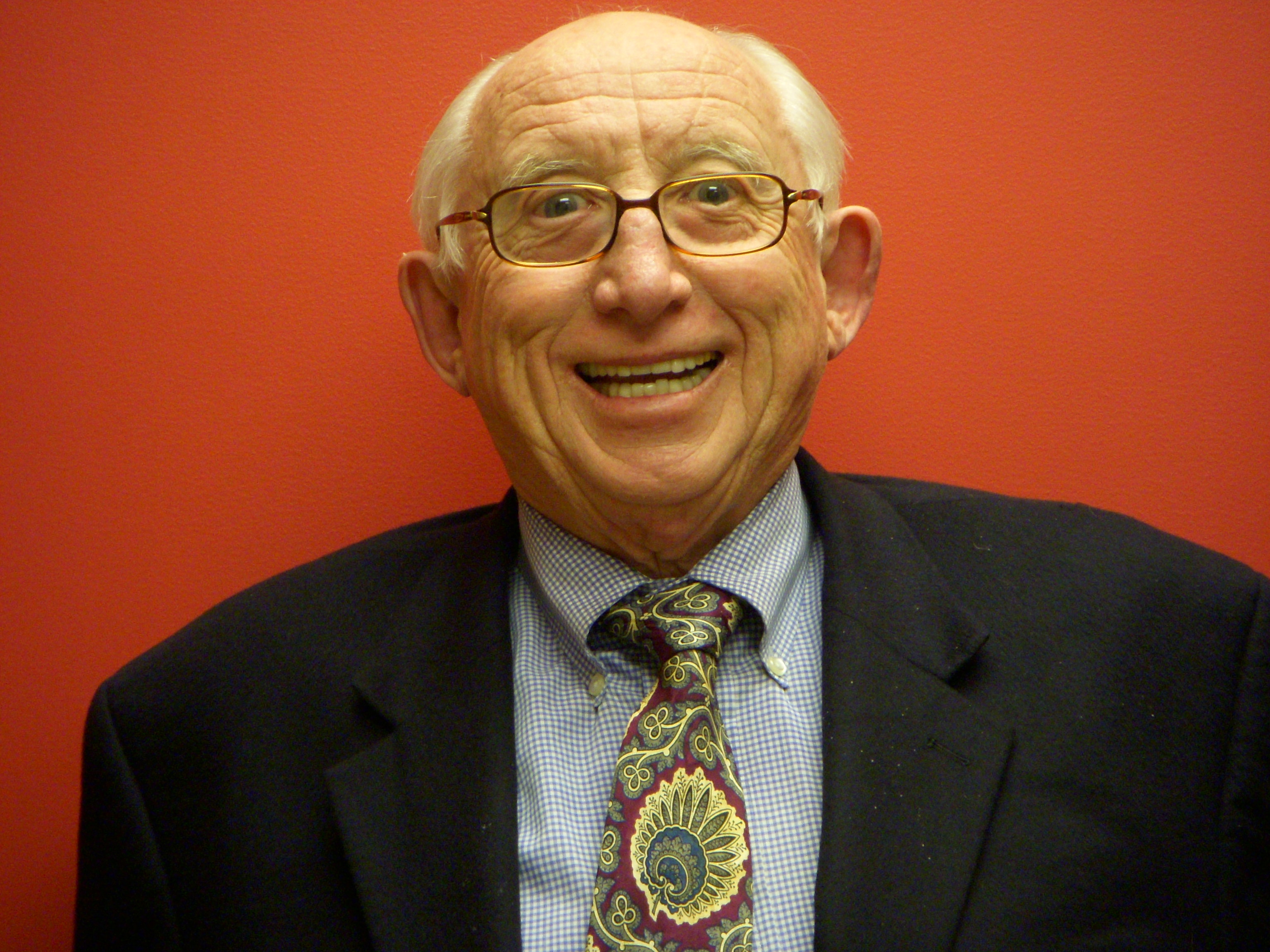The newspaper of the Newspaper Guild tells the terrible truth: traditional newspaper journalism is dying faster than anyone thought. Almost every major newspaper is making drastic cuts in staffing, from The Washington Post to The Chicago Sun-Times, from The St. Louis Post-Dispatch to The Philadelphia Inquirer, and from The Dallas Morning News to The Modesto Bee. Forty percent of the Newark Star-Ledger’s newsroom staff will depart in a buyout wave. Jim Wilse, editor of The Star-Ledger, said 151 buyout offers were accepted in a newsroom of about 330 people.
Here in Washington, the all-important bureaus which make up most of the Washington press corps are being decimated; and I mean that in the current usage of cut by 90 percent, not the original usage of cut by 10 percent. Colleagues and friends abound who are writing books, trying public relations or seeking government jobs.
The cause of the hollowing out of newspapers is well known: the Internet is getting the information out faster, it is mostly free and the reader can access it selectively. The trouble is that the information on the Web is, if it is any good, first appeared in a newspaper somewhere.
Newspapers still keep the record, but they are woefully behind the times. Today’s newspaper makes no concessions to the passage of time. It is produced in a factory in the middle of the night, transported through the traffic, and entrusted to a child for delivery.
Worse, the business model is hopelessly outmoded. It relies on a healthy stream of advertising revenue to make up for the poor income from actual sales of the product.
The story is the same in all advanced countries. Newspapers are in trouble, serious, mortal trouble. Only in emerging markets are newspaper sales growing, and that often reflects poor penetration of personal computers and government control of broadcasting.
Newspapers have suffered electronic competition in the past and survived. They were portable and kept a tangible record of events. You cannot hook up a printer to a radio or a television set, but you can to a computer. Advertisers can even distribute coupons via the Web.
H.L. Mencken, America’s greatest journalist, feared for the morning newspapers in his day because all the circulation and wealth was in the evening papers. Television put paid to that.
In Washington, until the 1960s, the dominant paper was The Evening Star. After its purchase and merger with The Times Herald (a weak morning paper owned out of Chicago) in 1954, The Washington Post became the most important political newspaper in the country and a cash generator for its owners. The 40-year golden age of the morning newspaper was dawning. Now it is fading.
The mighty New York Times lost money in one quarter this year and may repeat the sorry event. The Washington Post is being subsidized by a test-cramming company, Kaplan, Inc. Two once-proud titles, The Chicago Tribune and The Los Angeles Times, are at the mercy of a man who, in newspaper terms, is a Philistine—loud-mouthed, vulgar and insensitive to the journalistic craft.
There are those who would take pleasure in the agony, and what might be the death throes, of the mainstream media, but they would be ill advised. With the death of newspapers goes the health of the Republic. Democracy only works with a vigorous, disrespectful press, demanding and providing transparency in every aspect of life. The press may be disreputable and eccentric, but it is the indispensable partner of the ballot box.
Freedom of the press is the freedom to comment and to criticize. But more important, it is the freedom to investigate. Without investigation, government, corporations and even science goes about its business in the corrupting dark.
Already, reflecting the collapse of the Washington reporter corps, there has been a falloff in the number of Freedom of Information Act requests. There are fewer newspapers which can afford to have correspondents travel with the president. Newspapers are not detaching reporters for investigative work of the kind undertaken by The Washington Post on the Walter Reed Army Medical Center. Foreign bureaus, in critical places like Baghdad and Kabul, are not being staffed, let alone Moscow, Beijing and Tokyo.
No entity in the blogosphere has the resources to take up the newspaper role.
Opinion is cheap. Reporting costs money–a lot of money. The unintended consequence of this collapse is that the Associated Press will become more important politically and socially than is good for any organization in the news business. The shafts of light will be fewer in the long winter for news ahead.









